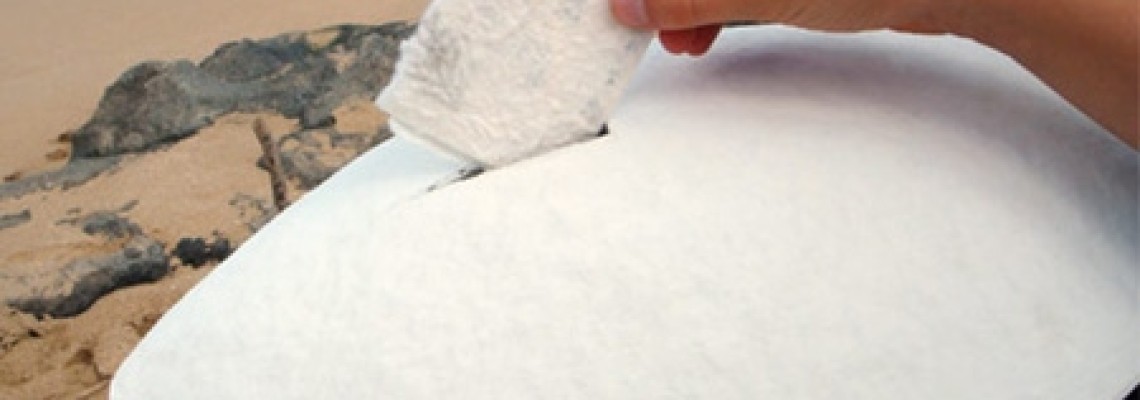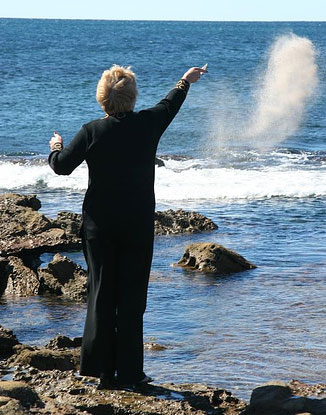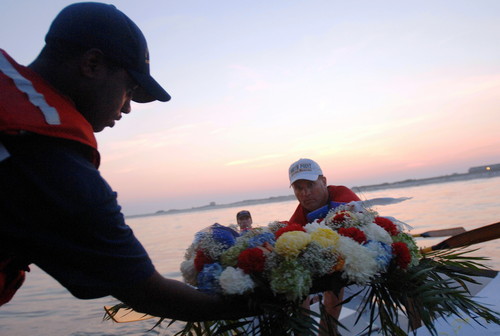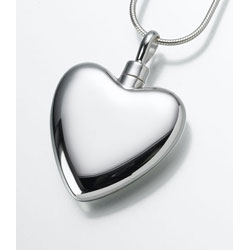How To Scatter Ashes During a Memorial Ceremony


For many, scattering ashes is a unique and meaningful way to honor a loved one who has recently passed. As we will explore below, there are many different ways that you can spread a person’s ashes to create a meaningful memorial.
One thing to note if you’re considering this kind of memorial ceremony. There are certain rules and regulations that must be taken into account. Our advice, make sure that you are certain you know what you need to do to legally scatter ashes where you would like.
That being said, below you’ll find some of the most popular methods people use to scatter ashes.
Ash Scattering Methods
● Casting is the act of simply tossing the ashes to the wind.
One individual usually does this while others look on. You should use care and consideration of others when casting ashes. Check the direction of the wind and cast down wind. The ashes are mostly made up of dense sand-like matter and will quickly fall to the ground. Some of it will be a fine powder which will become airborne, forming a whitish-grey cloud. Casting can also be done as a group. People can take turns doing a partial scattering one at a time. I have also seen group scattering where multiple people scattered simultaneously in a toast-like gesture using paper cups.
● Trenching is done on land when a shallow trench or groove is dug in the soil. Then the trench is filled with ashes from the scattering urn and usually raked over after the ceremony.
You can get creative by digging the person's name in the soil, maybe inside a heart, then fill the void with the ashes. If it's not too windy, candles can go in the ground alongside the trench for a more spiritual feel. Imagine filling a trenched name in beach sand and having the group form a ring around it. You can place and time it right so the tide will come up and wash the remains back to the sea while you all wade in the surf and share memories.
● Ringing is when we form a ring on the ground around an object or even a group of objects, with or without a trench, to be filled or covered with ashes.
The scattering urn will need to be held close to the ground when pouring the ring. Some ideas include a ring around a favorite tree or shrub. How about a ring around a group of candles or a memory table? The survivors can be the outer ring and take turns entering the ring to share words of remembrance.
● Raking : occurs when the ashes are poured from the scattering urn evenly on loose soil and raked into the ground, usually at the conclusion of the scattering ceremony. This is often how it is done in scattering gardens that are now located in many cemeteries. If you’re looking to find a scattering garden in your area, your funeral director should be able to help.
● A Green Burial includes making a hole in the soil where the ashes can either be poured in or a biodegradable scattering urn can be placed in and covered.
Many cemeteries will let you scatter ashes on the gravesite as long as the remains are buried. If the cemetery requires an urn, the biodegradable style is often permitted. Multiple scatterings or green burials can be done on one grave even if a casket has been buried. The ashes can go on top of the casket. As with any scattering, it is important to establish a permanent memorial so survivors have a place to visit, heal, and remember their loved ones in the years to come.
● Water scattering is the process of scattering someone’s ashes over a body of water like the sea, ocean, lake, etc..
When scattering over a body of water a water-soluble urn can enhance the experience. These urns are specifically designed to gradually disperse the ashes back to the sea. A water-soluble urn will usually float for several minutes then slowly sink where it will degrade or melt back to the sea. Ashes can be cast directly into the water, but will often blowback at the boat and cling to the sides. This can be both frustrating and unsightly.

Loved ones will often toss flowers or petals as a final tribute as the urn slowly drifts away. There are professionals with boats available that will do either private water scatterings or create an event where survivors may voyage and participate. Your funeral director will usually have the contacts to set this up in your area.
● Aerial scattering: Usually done by professionals, this is done when the ashes are cast from a private plane.
Some aerial scattering services will fly over and cast the ashes at a specified place and time that corresponds to your ceremony. On clear days a cloud of ash can be seen from the ground. Most professionals will provide photos along with a certificate of the place and time of the scattering Some will allow passengers to attend the scattering for an extra fee.
For more ideas on planning a cremation memorial see our full line of scattering urns for land or water.
For families that choose to scatter their loved one’s ashes many still like to have a small portion of the ashes or a lock of hair incorporated into a small memorial such as a piece of cremation jewelry or a keepsake urn. Others prefer creating a memorial that may include a memorial stepping stone, memorial garden plaque, or a statuary, or garden memorial sculpture to honor their loved one.
Whatever your decision, this is a personal choice that is meant to honor and represent your passed loved one as you heal, restore, and remember the time and life that your loved one spent on Earth.




